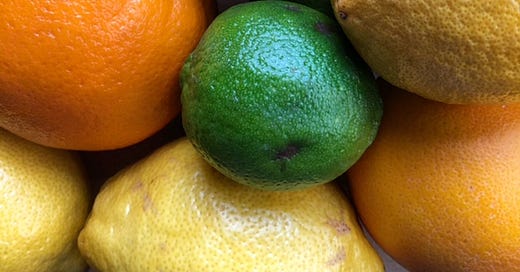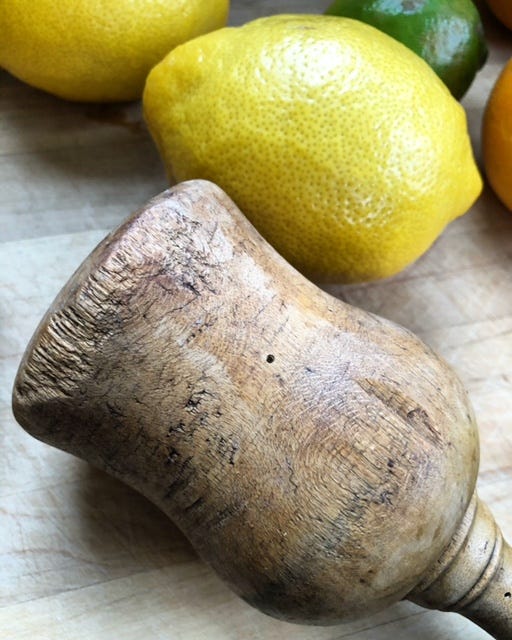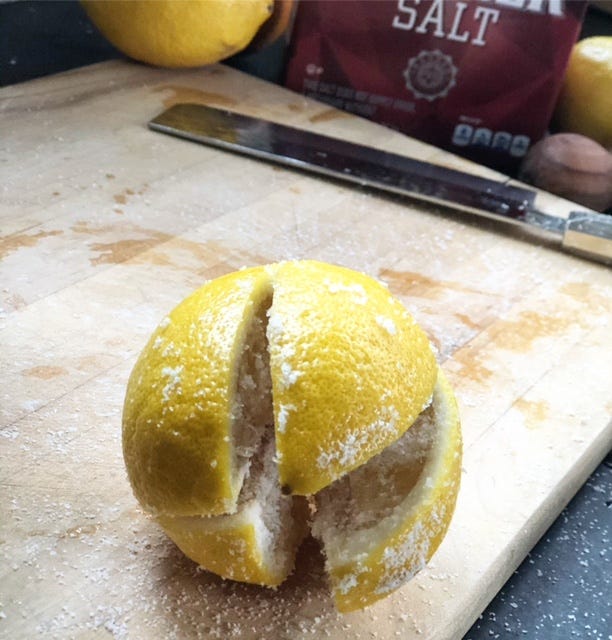Look up the opposite of “instant gratification” in a thesaurus, and what you’ll find might surprise you. Phrases like “self-deprivation” “impulse control” “austerity” “renunciation” - all suggest that an instant moment of pleasure, delayed, is akin to some sort of painful abstinence program.
Anticipation creates happiness
I prefer to think on the bright side. Not having something in the here and now, immediately, instead gives me a sense of anticipation. And it turns out there’s some science to back that up. Anticipating something - whether it’s an event, a holiday or even a purchase - can give us a sense of pleasure that may be even greater than the thing itself. It’s a huge and often-ignored source of happiness, similar to the joy we get when we look back on something wonderful.
Now, I know it’s hard to imagine what we might look forward to with certainty. Travel still seems like a fleeting dream, much less having dinner with friends or enjoying a day at the spa. But there are still ways to, in the here and now, create future moments of pleasure.
Winter Sunshine
Eating seasonal and local is a good thing. Really it is. Except when you live in a cold climate and the winter months drag along. Cabbages, parsnips and potatoes may be all very well and good, but a little sunshine goes a long way to making winter bearable.
It’s even better when you can make something with ingredients you probably already have on hand. I was inspired today by watching Vivian Howard make preserved lemons on Instagram in less than 30 minutes. That’s the instant part. The anticipation comes from the slow process of letting salt and lemon juice work its magic over weeks to turn a jar of citrus sunshine into a flavour hero in your kitchen.
In keeping with the days getting longer, inch by inch, I made up a batch of preserved citrus too. While I’ll continue to make warm and stick-to-your-ribs food for this winter of our discontent, I know March is around the corner (really, it is). And with it, crocuses will be pushing out of the hoary ground, birds will be singing an hour earlier, and this jar full of preserved citrus fruit will be ready to add a mouthful of joy to my cooking.
So I Made Preserved Lemons - Now What?
Preserved lemons are one of those things that sound good in theory, but are confounding in practice. As this great post from The Spruce Eats says:
Preserved lemon does work almost anywhere lemon or salt will work: it’s amazingly versatile. But telling home cooks to toss it into “everything” isn’t all that helpful, and even the classic suggestions of “tagine” and “grain salad” can only take you so far in getting through last year’s jar.
So follow their lead and start thinking about preserved lemon in quinoa, roasted beet salad, potato salad, French lentils, white bean soup, roast chicken - even a preserved lemon martini. Check out this post for these recipes and more.
Preserved Lemons
makes one half gallon jar
This recipe calls for an assortment of citrus fruit, but you can opt for the traditional method and just use lemons. If using only lemons, double the amount to 2 dozen.
Special equipment:
1 half gallon wide-mouthed sterilised Mason jar (8 cup capacity)
A pestle or other flat surfaced implement to tamp down the fruit
1 dozen unwaxed lemons; if you choose Meyer lemons, make sure to have 1/2 dozen regular lemons for juicing too.
an assortment of citrus fruit of your choosing: limes, grapefruit, blood oranges
Kosher salt (you’ll need at least 1 cup)
This super easy condiment is quick to prepare, slow to mature. But like all good things, it’s well worth the wait.
Pour about 1/4 cup of kosher salt into the bottom of a wide-mouthed mason jar.
Quarter six of the lemons, using the following method. Starting from the tip of the lemon, slice the lemon to the stem end, without cutting through the fruit. You want the lemon to still be in one piece.
Coat the insides of the lemon liberally with salt until all of the surfaces are covered. Reshape the fruit and rub salt on the outside too. Put the lemon in the bottom of the jar.
Prepare a second lemon, add to the jar next to the first lemon, and repeat until you have a single layer, more or less, of fruit (you may only have two pieces of fruit per layer). Tamp down the fruit with your pestle. The goal here is not to squish the fruit so that it breaks apart, but rather to compress it to make room for more. Sprinkle generously with salt.
Continue building fruit layers, alternating between oranges, limes, grapefruit, and ending with lemons, finishing each layer with a tamp down and a layer of salt. Be sure to give that final layer a real push really fill the jar.
Juice the remaining lemons one at a time, adding the juice to the jar and waiting until it filters down. The goal is to have enough juice so that all the nooks and crannies are filled and the fruit is surrounded with salted lemon juice. Seal with a lid and gently invert the jar once or twice to distribute the salty juice.
Leave the jar on your kitchen counter, out of direct sunshine, shaking the jar each day to distribute the salt and juice, for one month.
To use, rinse the quantity of fruit you need, according to your recipe, removing and discarding the pulp if it’s not required. Preserved lemons will keep up to a year, and the pickling juice can be used two or three times over the course of a year.








I love lemons and am intrigued by this recipe! I like the idea of using lemons more frequently in my recipes. Thank you for sharing.
I’ve always been bewildered about preserved lemons - I’m going to try this! Why have I waited this long??